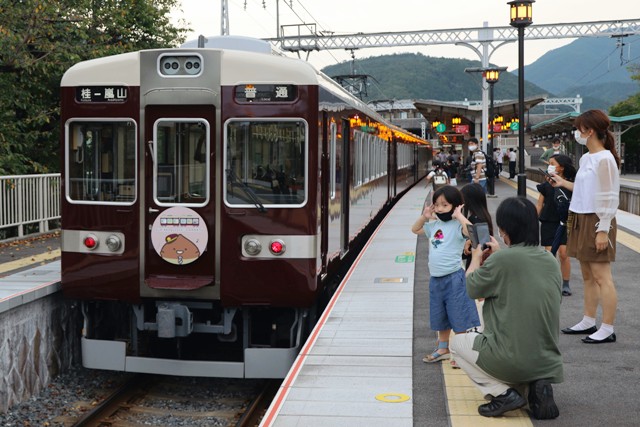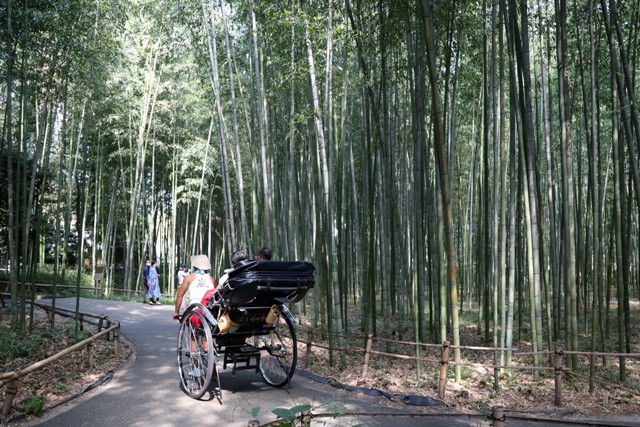On March 27th this year, the last set of the EMU Tobu 20000 series quietly retired from the subway Hibiya line. It was the end of an era.
The Tobu 20000 series was launched in 1988. It was a train for direct operation between the subway Tokyo Metro-Hibiya line and the Tobu-Isesaki line. Twenty-four sets of 8-car trains (192 cars) were built by Tokyu-sharyo and Alna-sharyo. The greatest feature of this train was its bolsterless bogies. As its name suggests, a bolsterless bogie is a bogie that connects to the body without using a bolster spring. A bolsterless bogie instead connects to the body with air springs. Needless to say, a bolsterless bogie makes the train lighter and therefore saves on energy consumption.
After its retirement from the Hibiya line, the 20000 series was renovated and transferred to Tobu's local lines in the countryside. The new name of the renovated 20000 series is the 20400 series. What are the major differences between the old 20000 and the new 20400 series? Firstly, the number of cars per set decreased from 8 (the 20000 series) to 4 (the 20400 series). Secondly, manual operation buttons for the passenger doors were equipped anew beside each door of the 20400 series. Thirdly, the colors of the body stripes were changed from russet brown to yellow and dark blue.
On September 3rd, 2018, the first set of the 20400 series debuted on the Tobu-Utsunomiya line. Tobu Railway... here too surged a wave of generational change.















